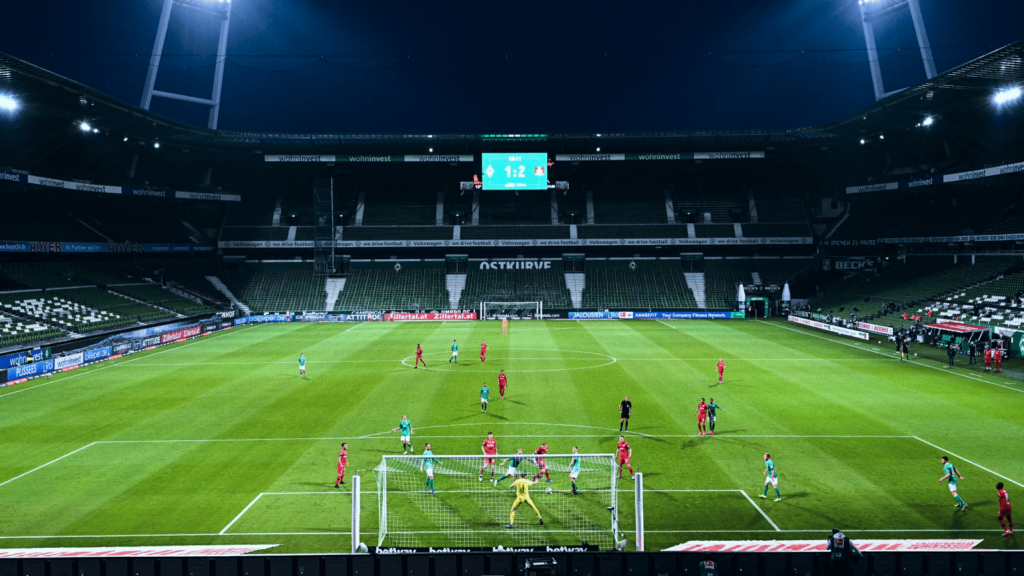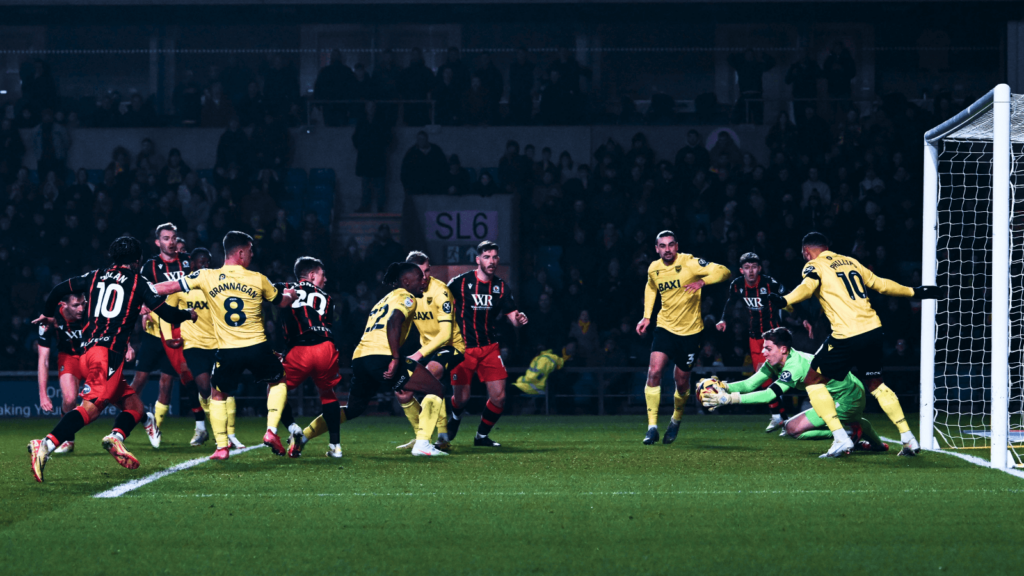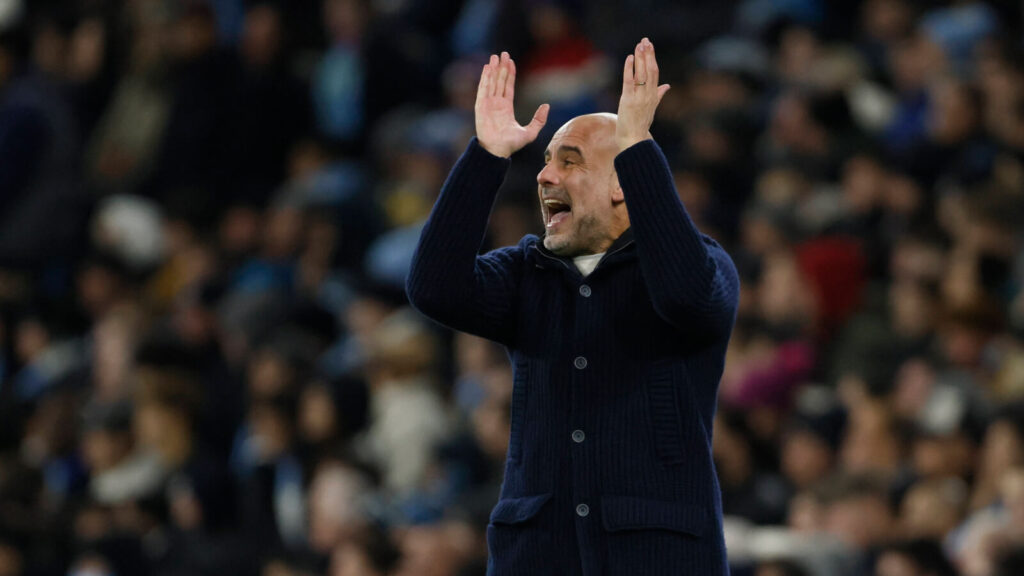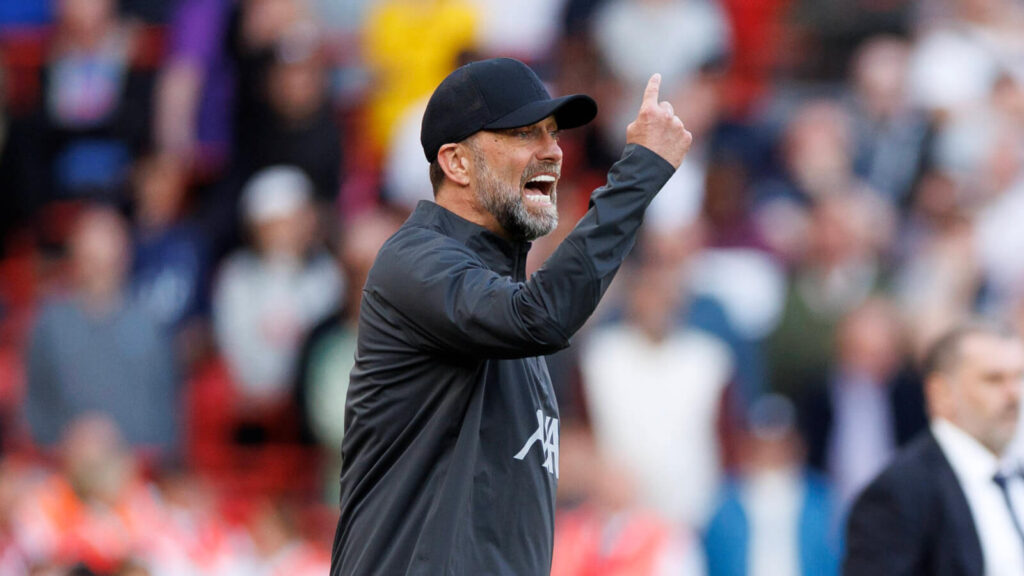Football has undergone massive tactical development in the past century. Earlier there were rigid formations with balanced numbers of attackers and defenders . It later changed to less rigid, pressing-based systems. These developments came from new ideas, changes in the rules and mindsets of managers. The game’s tactics have been evolving, from the initial W-M system to modern football. In this article, we focus on development of tactics in football, in line with social and technological changes.
Early Tactical Principles: The W-M Formation
During the early 20th century, formations of football were simple. They were closer to a 2-3-5 structure, with huge stress on attacking and no regard for defense. But defensive awareness began to grow with time. Arsenal manager Herbert Chapman revolutionized football in the 1920s and 1930s. He embraced the W-M formation (3-2-2-3). This brought a balance between attack and defense with three defenders and two holding midfielders. The W-M method dominated the game for decades. This method allowed teams to enjoy more defensive solidity and tactical order.

The W-M also formed the basis of developments in football tactics. Teams started to make more adjustments to their defenses. It was originally employed to respond to the attacking football of the 2-3-5 formation. But later, it was clear that maintaining control in the middle was crucial. Sides that had mastered switching from offense to defense had an edge in competition. This underlined the importance of tactical awareness, rather than just formations.
The Emergence of Catenaccio and Defensive Fortitude
Italian football during the 1950s and 1960s featured a defensive approach in the form of Catenaccio (“door-bolt”). It was a counter-attacking strategy with formidable defensive organization. Helenio Herrera, the creator, made a libero (sweeper) play behind a fixed back line. This helped to tidy up stray balls and sent the side quickly into transitions. Although it works, Catenaccio has been criticised for being very defensive. It was also reviled for being “backwards-looking”, inviting reactions around the football world.
The success of Catenaccio also brought more focus on tactical discipline. The teams were taught how to defend in groups, and the idea of organized pressing began to catch on. The libero position continued to evolve, shaping subsequent tactical formations. It was also included in Franz Beckenbauer’s Bayern Munich and German sweeper system. Tactical pragmatism became a characteristic of the sport. It brought balance between attacking and defending tasks.

Total Football: The Birth of Positional Fluidity
The 1970s witnessed a seismic change with the advent of Total Football. It was a tactical strategy, led by Rinus Michels and Johan Cruyff at Ajax and subsequently the Netherlands national team. Total Football was founded on positional interchangeability, pressing and the adaptability of players. The system was founded on high technical proficiency. The players maintained shape as they changed positions with ease. Cruyff later built upon these principles at his time with Barcelona. He was pivotal in laying the foundations for modern positional play.

This period marked the value of high pressing and the attacking contribution of full-backs. It was unlike the Catenaccio, which valued compactness. Total Football benefited from spreading the pitch, generating space through astute movement. The influence of Michels and Cruyff went beyond their own success. It influenced the tactical ideologies of managers like Pep Guardiola and Arsène Wenger, who interpreted these concepts in various ways.
The Sacchi Revolution: Tactical Pressing and Compactness
The late 1980s and early 1990s witnessed another huge change with Sacchi’s Milan. Arrigo Sacchi’s tactics were based on zonal marking, intense pressing and compact team shapes. His 4-4-2 reduced space for the opponent, aiding in generating errors and facilitating fast, vertical changes. Sacchi’s approach influenced generations of managers. It particularly emphasised on pressure, coordination between teams and defensive organization.
Sacchi’s concepts also changed defensive planning, with movement organization and offside traps at the forefront. His belief was that defense was not only a function of positioning but also of proactivity. Sacchi’s impact was phenomenal. Milan dominated the game, with a mix of ordered pressing with creative attacking play.
The Modern Era: Pressing and Positional Play
The older concepts were merged in the 21st century. It is seen particularly in the high-pressing styles of Guardiola and Klopp. Guardiola’s Tiki-Taka, is based on Cruyff’s style of play. It prioritises quick passes, movement and ball possession. Klopp’s Gegenpressing (counter-pressing) enables teams to regain the ball as soon as they lose it, jinxing the opponents’ game.

Meanwhile, coaches like José Mourinho promoted defensive pragmatism. He employed tight low-block defenses and swift transitions against possession-based opponents. Meanwhile, tactical versatility has also become the standard. Tacticians such as Thomas Tuchel and Julian Nagelsmann, constantly shift formations during matches. They attempt to exploit the weaknesses of opposing teams.
Modern football tactics are more guided by in-match performance analysis. With the evolution of sport science and data analysis, Heat maps, xG, and statistical match data allow the managers to finely calibrate their strategies. Tactical plans are no longer fixed; they now adapt according to the situation in the match. Today’s football has become a game of adjustments.
The Role of Technology and New Tactical Trends
Use of technology in football has revolutionized decision-making in tactics. GPS tracking, video analysis and performance analysis allow managers to discover the weaknesses of their opponents and build on the strengths of their teams. Increasingly, Artificial Intelligence (AI) is applied for the purposes of prediction. This enables managers to rehearse game scenarios prior to the matches.

The second trend is the resurgence of the three-at-the-back system. It has been remade in numerous forms by modern managers. Antonio Conte’s 3-4-3, for instance, combines strong defense with the use of wing-backs in attack. Managers like Thomas Frank and Roberto De Zerbi, employed new pressing formations. Their tactics sought to disrupt dominant tactical orthodoxy.
Football can use a variety of tactics in the near future. It could use possession play, high pressing and good defense. Emerging managers such as Xabi Alonso and Mikel Arteta are using conventional methods and data to alter their tactics. This would likely transform football strategy in the near future.
Final Thoughts
Tactics in football remain mercurial. They’re shaped by previous trends, ideologies of coaching and technological breakthroughs. Chapman, Herrera, Sacchi, Michels and Cruyff’s doctrines continue to make an impact, even in the present day. Contemporary managers reinterpret these doctrines and sharpen their tactical blueprints. The future will surely be marked by additional hybridization. Footballing tactics would be highly influenced by Data analytics and AI. Ultimately, football is an ever-changing, dynamic sport where tactical innovation decides victory.
The very conflict between defense and attack, would generate innovation for years to come. Football is a sport where yesterday’s concepts are constantly reinterpreted and improved. It still has a long way to go, with the next major tactical revolution most likely to take place anytime soon.
